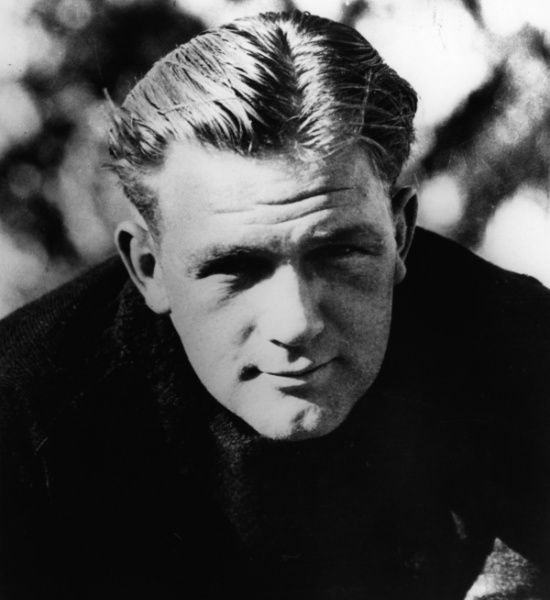How Far Can You Stretch a Dollar in Pro Football?
1/2/2018
The Duluth Kelleys originally operated as an independent pro team before it joined the National Football League in 1923. Founded two years earlier by M.C. Gebert and Dewey Scanlon the franchise struggled financially during the early years. The situation was made even more difficult by its remote location in Duluth, Minn., a city situated in the northern part of the state. In addition, the team also lacked an adequate stadium to host home games.
Gebert and Scanlon remained owners until 1922 when Gebert dropped out and the team was taken over and run by the players from 1923-25. At the end of the ’25 season the team had no operating funds and was buried in debt. The players wanted out, so they sold the Duluth franchise for the bargain basement price of $1 to team manager Ole Haugsrud and Coach Scanlon who took over the financially struggling team. Haugsrud’s plan centered around the signing of his longtime friend and Stanford All-American Ernie Nevers to a pro contract as the team’s player-coach.
Nevers was the best-known athlete coming out of college in 1926 and Haugsrud thought the star’s gate appeal would assure the team’s success. Unfortunately, the American Football League, a new pro league started by Red Grange and his agent C.C. Pyle, offered Nevers a very lucrative contract. Out of friendship to Haugsrud, Nevers agreed to play for Duluth if Haugsrud matched the AFL’s offer of $15,000 and 25 percent of the gate. Haugsrud agreed. He even changed the name of the team to Ernie Nevers’ Eskimos, although the press usually referred to the team as the Duluth Eskimos.

Haugsrud, who eventually took sole control of the team, was determined to make his $1 investment pay off. Even the players decided to help by agreeing to play for just $50 a game if they lost, $60 if they tied, and $75 if they won. All three pay scales were below the average NFL wage of the day. The upside, however, was Haugsrud scheduled as many games as he could find takers, thus guaranteeing his players more paydays.
As part of his plan, Haugsrud turned the Eskimos into a traveling team. After just one game at home, the squad set out on a journey of 20-plus games and more than 17,000 miles of travel. To keep expenses down, the Eskimos rarely traveled with more than 15 players. To make it appear the squad had a bigger roster, Haugsrud often suited up as if he were a player.
Famed sportswriter Grantland Rice was so impressed by the vagabond team he named them “the Ironmen of the North.”
Just as Haugsrud predicted, Nevers was a terrific gate attraction. He also was a great player. He did most of the ball carrying and passing and all of the placekicking and punting. He even returned punts and kickoffs and played defense. During the entire season, Nevers missed only 26 minutes of playing time, when doctors ordered him to sit out a game in Milwaukee. But when the Eskimos fell behind, the future Pro Football Hall of Famer put himself back in and threw a touchdown pass to defeat the Badgers 7-6.
In 1926, the team was a financial success. However, the 1927 season was much less successful and in 1928 the team suspended operations. Finally, at the urging of the NFL, Haugsrud reluctantly agreed to fold his franchise. When he did, however, he gained a promise from the league that if it ever placed another franchise in the state of Minnesota, he would be given an opportunity to purchase it.
Decades later, in 1960, when it was announced the Minnesota Vikings would join the NFL the following season, Haugsrud reminded the league of its commitment. He purchased 10 percent of the team. Not bad, considering it all began with a $1 investment.
Go back to all blog listings

